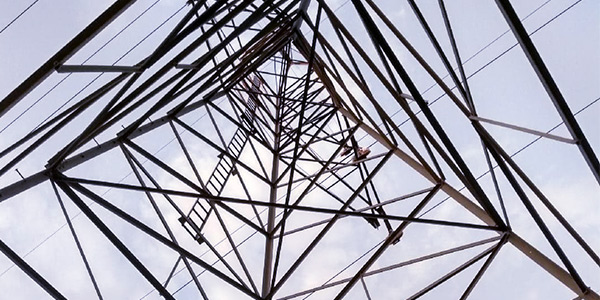Massachusetts residents want the state’s grid to be clean by 2050, but they are also opposed to the infrastructure projects that will support that energy transition, Matthew Nelson, chair of the Massachusetts Department of Public Utilities, said Wednesday.
“I don’t think there’s a really great understanding about what it’s going to take to actually build out an electric grid that’s going to support electrifying the transportation sector, electrifying the heating sector and moving the clean energy from one point to another,” Nelson said at the Northeast Energy and Commerce Association’s Renewable Energy Conference.
The energy industry at large needs to invest in educating the public about the infrastructure necessary to accommodate clean energy, he added.
To eliminate carbon emissions in the state by 2050, Massachusetts needs to electrify major sectors that have large energy consumption rates, such as transportation and housing, which together account for 74% of the state’s emissions. The conversion of those sectors will place major strains on the existing electric infrastructure. New electrical substations and transmission lines, as well as upgrades to existing substations and transmission lines, will be needed to increase the state’s capacity for supplying clean sources of energy to buildings, homes and vehicles.
Nelson’s comments about infrastructure challenges for electrification echo the struggle between state regulators and the East Boston community over a recently approved substation project.
The Massachusetts Energy Facilities Siting Board approved the substation despite the concerns of members of the state-designated Environmental Justice Community. (See Follow-up: Controversial East Boston Substation Approved.)
Community members argued that East Boston is already overburdened by infrastructure and air pollution that contribute to the disproportionate number of people with asthma or COVID-19.
But Nelson said that the energy industry needs to help the public understand that infrastructure will increase the grid’s capacity and ability to electrify industries that are currently emitting harmful gases. New electrical infrastructure will “make the air cleaner and improve the health and quality of life of all the people that live in Massachusetts,” Nelson said.
Opponents of the substation also claimed that the increase in demand for clean energy could be met with solar panels and battery storage, which would cost ratepayers less than the proposed substation.
The state surpassed its goal of installing 1,600 MW of solar power by 2020 by 972 MW, but the widespread distribution of renewable energy requires upgrades to substations and “sophisticated planning” to ensure it is efficient, reliable and resilient, Nelson said.
“We are hearing loud and clear from the public they want clean energy and more reliability, and I think we can achieve both of those things, and that will require there to be a lot more electric infrastructure,” he said.





